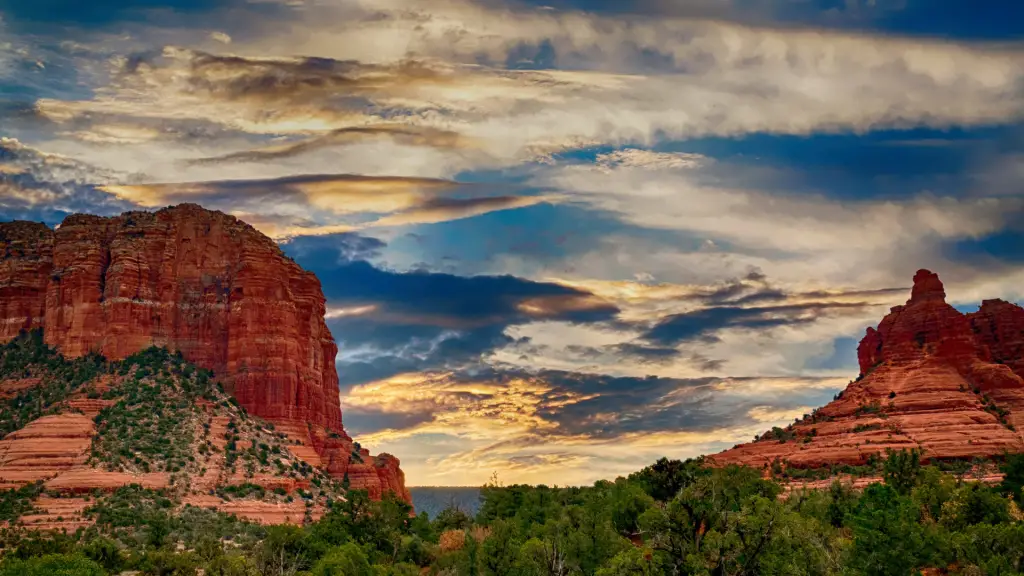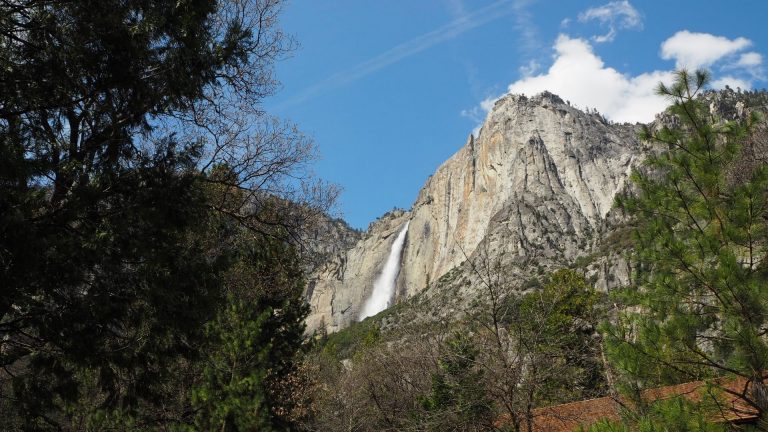Grand Canyon’s Secret Spaces: Revealing Restricted Areas
If you are planning a trip to Grand Canyon National Park, you might wonder about the stunning, picturesque, and mesmerizing parts of the canyon, which remain off-limits from visitors.

Yes, we are talking about the restricted areas of Grand Canyon National Park. Grand Canyon’s restricted areas create an air of mystery and excitement for all those who want to explore what lies beyond the marked trails. However, it is vital to understand why these areas are restricted, the unique facts, and details surrounding them, and what you need to know before even considering setting foot in those areas.
The Location of the Restricted Areas
Grand Canyon National Park is divided into three different regions, and some off-limits areas are found in all three divisions of the park. The Inner Canyon Restricted Area, for instance, is inside the canyon and surrounds the Colorado River. Other Grand Canyon’s restricted areas, such as the Rainbow Natural Bridge and the Cave of the Domes, are located in remote sections of the park, where visitor access is highly regulated. Understanding where the off-limits areas lie is crucial to preventing accidental trespassing.
Why Are Some Areas Restricted?
Some areas of the Grand Canyon are restricted because of their sensitive nature. For example, the riparian areas close to the Colorado River are highly protected to prevent damage to the ecosystem. Additionally, several of these areas are critical breeding habitat for endangered species such as the California Condor. By keeping those areas designated as restricted, the park service can ensure the protection of these habitats.
What Are the Interesting Facts about the Restricted Areas?
Many interesting facts surround the restricted areas of the Grand Canyon. For one, the Inner Canyon Restricted Area is closed off to hikers from June through September due to the searing heat that can reach up to 130 °F (54.44 °C). Additionally, the Cave of the Domes features one of the most incredible natural bridges in the world. The Forbidden Zone on the North Rim features geologic formations that are up to three million years old. By staying restricted, these features are preserved so future generations can appreciate the unique beauty of the area.

Common questions about the Restricted Areas
Can I get permission to visit restricted areas?
Typically, the National Park Service does not permit visitors to access restricted areas in the Grand Canyon National Park due to the sensitive ecosystem and the need to preserve natural features. However, in some special circumstances, researchers or professionals may be granted access for scientific study or conservation work. Remember, these permissions are limited and must be secured well in advance, following a rigorous application procedure that includes comprehensive justification for the visit. It is essential to respect these boundaries to ensure the ongoing preservation of this world heritage site.
Can you hike through the off-limits regions?
Hiking through the off-limits regions is not in the realm of possibility for regular visitors due to the strict regulations imposed by the National Park Service. These areas are designated as restricted to maintain the natural balance and protect the biodiversity within them. Any form of recreational activity within these boundaries could potentially disrupt the environment and endanger the flora and fauna found there. While special permissions can be granted under certain circumstances for research or educational purposes, it’s generally not feasible for tourists or casual hikers. We encourage visitors to enjoy the array of accessible hiking trails throughout the park that are specifically designed to provide an immersive and enjoyable outdoor experience while preserving the park’s natural beauty and ecological integrity.
Can I take pictures of the Restricted Areas?
While the allure of capturing the stunning vistas of the restricted areas is strong, it’s important to remember that these restrictions are in place to protect the environment and its inhabitants. In most cases, you can take photos from outside the restricted areas. However, getting closer to or entering these areas for the perfect shot could disrupt the ecosystem and is typically not permitted. It’s essential to respect these boundaries when photographing the grandeur of the Grand Canyon. Consider using a zoom lens or binoculars to get detailed shots from a respectful distance.

Conclusion
Grand Canyon’s restricted areas remain a unique and exciting part of the National Park. While the allure of venturing beyond the marked trails can be tempting, it’s critical that visitors understand the reasons behind the restrictions and the potential risks associated with ignoring them. By playing a role in conserving these protected regions, visitors can contribute to preserving the splendor and majesty of Grand Canyon National Park for generations to come.






